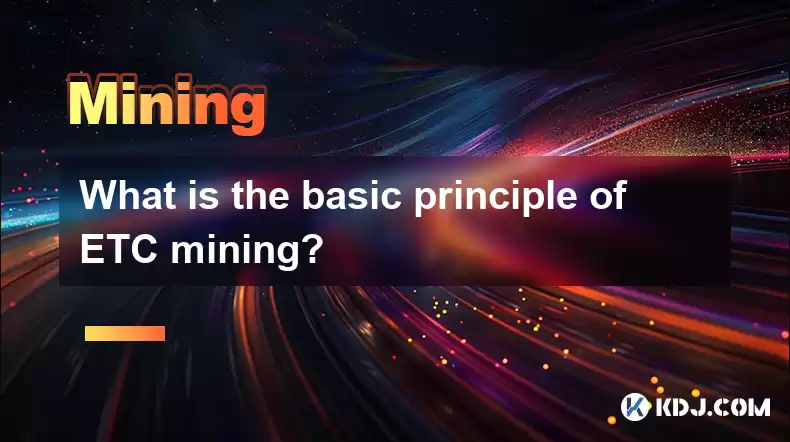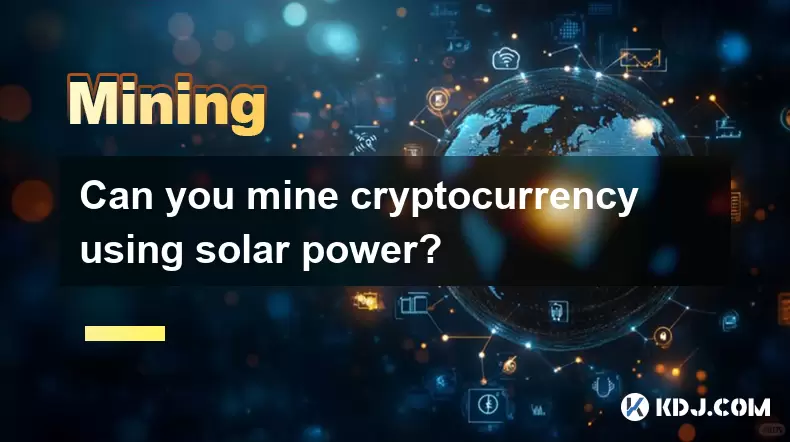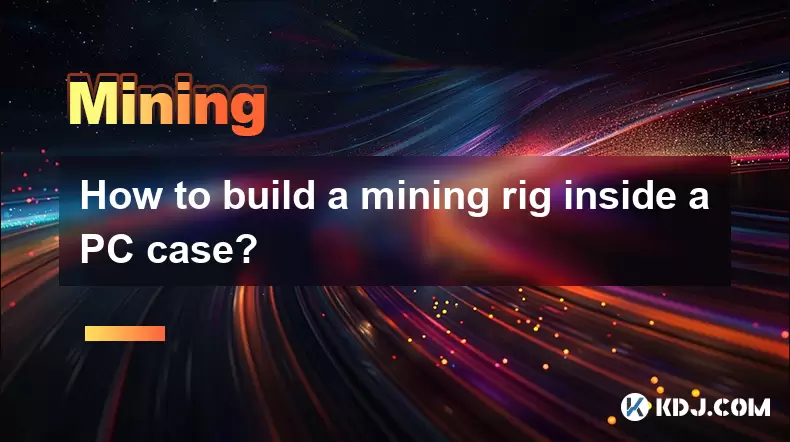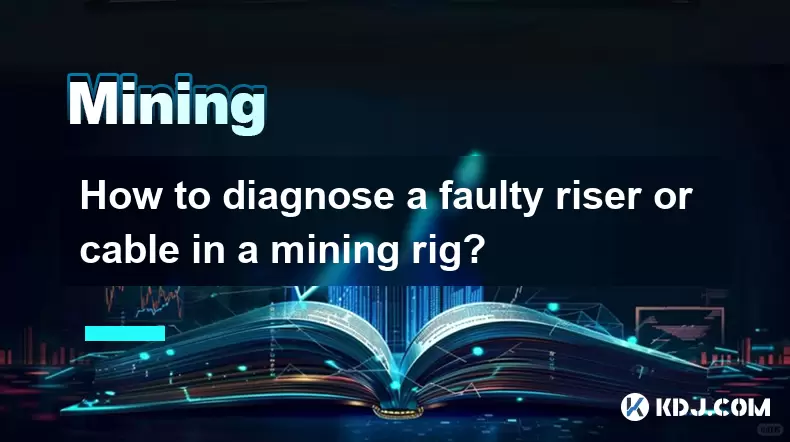-
 Bitcoin
Bitcoin $115100
1.27% -
 Ethereum
Ethereum $3675
2.71% -
 XRP
XRP $2.995
1.45% -
 Tether USDt
Tether USDt $1.000
0.02% -
 BNB
BNB $769.8
2.64% -
 Solana
Solana $168.0
3.25% -
 USDC
USDC $0.9999
-0.01% -
 TRON
TRON $0.3371
1.48% -
 Dogecoin
Dogecoin $0.2051
3.36% -
 Cardano
Cardano $0.7394
2.30% -
 Hyperliquid
Hyperliquid $38.15
0.42% -
 Stellar
Stellar $0.3966
-0.36% -
 Sui
Sui $3.486
2.93% -
 Chainlink
Chainlink $16.72
2.52% -
 Bitcoin Cash
Bitcoin Cash $568.0
4.36% -
 Hedera
Hedera $0.2440
2.59% -
 Ethena USDe
Ethena USDe $1.001
0.04% -
 Avalanche
Avalanche $22.16
2.06% -
 Litecoin
Litecoin $119.1
-0.73% -
 UNUS SED LEO
UNUS SED LEO $8.991
0.04% -
 Toncoin
Toncoin $3.232
-0.39% -
 Shiba Inu
Shiba Inu $0.00001233
2.82% -
 Uniswap
Uniswap $9.717
2.53% -
 Polkadot
Polkadot $3.664
1.85% -
 Dai
Dai $1.000
0.01% -
 Monero
Monero $281.2
-3.89% -
 Bitget Token
Bitget Token $4.350
1.55% -
 Cronos
Cronos $0.1428
5.07% -
 Pepe
Pepe $0.00001050
3.68% -
 Aave
Aave $262.3
3.54%
What is the basic principle of ETC mining?
ETC mining uses the memory-hard Ethash algorithm, rewarding miners with ETC and fees for solving complex puzzles. Profitability depends on the ETC price, electricity costs, hardware (GPUs are common), and network difficulty.
Mar 22, 2025 at 06:49 pm

Key Points:
- ETC mining relies on the Ethash algorithm, a memory-hard proof-of-work system.
- Miners compete to solve complex cryptographic puzzles, requiring significant computational power and memory.
- Successful miners are rewarded with newly minted ETC and transaction fees.
- Mining profitability is influenced by factors like hardware cost, electricity price, ETC price, and network difficulty.
- Various mining hardware options exist, ranging from ASICs to GPUs, each with its own advantages and disadvantages.
What is the basic principle of ETC mining?
Ethereum Classic (ETC) mining is the process of validating transactions and adding new blocks to the ETC blockchain. Unlike some cryptocurrencies, ETC utilizes a proof-of-work (PoW) consensus mechanism. This means miners must solve computationally intensive problems to verify and secure the network. The core principle is competition; the first miner to solve the puzzle adds the next block to the chain and receives a reward.
The Ethash Algorithm:
ETC employs the Ethash algorithm, designed to be resistant to specialized hardware (ASICs) while still allowing for GPU mining. Ethash is a memory-hard algorithm, meaning it requires a large amount of memory to operate efficiently. This makes it difficult for ASIC manufacturers to create highly specialized chips that significantly outperform GPUs. The algorithm uses a dataset that changes periodically, further enhancing its resistance to ASIC dominance.
The Mining Process:
The process involves miners downloading the ETC blockchain, a substantial dataset. They then use their hardware to continuously solve complex mathematical problems based on the current block's data and a nonce (a random number). The solution, a hash, must meet specific criteria, a process often described as "finding a golden nonce".
Hardware Requirements:
Effective ETC mining necessitates powerful hardware with ample memory. While ASICs exist, their advantage over GPUs is less pronounced than in some other PoW cryptocurrencies. Therefore, high-end graphics cards (GPUs) remain a popular choice for many ETC miners. The number and type of GPUs utilized determine a miner's hash rate, impacting their chances of solving a block and earning rewards.
Reward Mechanism:
Miners who successfully solve the cryptographic puzzle are rewarded with newly minted ETC tokens and transaction fees included in the block. The block reward is a pre-defined amount that gradually decreases over time, a feature common in many cryptocurrencies. Transaction fees are added to the reward, providing an additional incentive for miners to participate in the network.
Profitability and Network Difficulty:
ETC mining profitability depends on several interrelated factors. The price of ETC directly impacts the value of the rewards received. Electricity costs are a major expense for miners, directly impacting their profit margins. The network's difficulty, which adjusts automatically to maintain a consistent block generation time, influences the probability of a miner successfully solving a block. The cost of mining hardware, including GPUs and their power supplies, also plays a significant role in profitability. As the network's difficulty increases, more powerful hardware is required to maintain a competitive advantage.
Different Mining Hardware Options:
- GPUs: Graphics processing units are commonly used for ETC mining, offering a balance between performance and cost-effectiveness. Higher-end GPUs generally provide greater hash rates.
- ASICs: Application-specific integrated circuits are designed specifically for cryptocurrency mining. While ASICs exist for ETC, their advantage isn't as substantial as in other cryptocurrencies, making GPUs a more prevalent choice.
- Mining Pools: Miners often join mining pools to increase their chances of finding a block and earning rewards. In a pool, miners' computing power is combined, and rewards are distributed proportionally to their contribution. This reduces the risk of individual miners not earning anything due to the difficulty of finding a block alone.
Factors Affecting Mining Profitability:
- ETC Price: A higher ETC price increases the value of the mining rewards.
- Electricity Cost: High electricity costs significantly reduce mining profitability.
- Network Difficulty: As the network difficulty increases, it becomes harder to find a block, affecting profitability.
- Hardware Costs: The initial investment in GPUs or ASICs is a crucial factor to consider.
- Mining Pool Fees: Mining pools often charge fees for their services, reducing miners' net profits.
Common Questions:
Q: Is ETC mining profitable?
A: The profitability of ETC mining is dynamic and depends on the interplay of various factors, primarily the ETC price, electricity costs, hardware costs, and network difficulty. It's crucial to conduct thorough research and calculations before investing in ETC mining equipment.
Q: What hardware is best for ETC mining?
A: High-end GPUs are generally considered the most suitable for ETC mining due to the Ethash algorithm's resistance to ASIC dominance. However, the optimal choice depends on the balance between performance, cost, and power consumption.
Q: How can I start ETC mining?
A: Starting ETC mining involves acquiring suitable hardware, joining a mining pool (often recommended for beginners), installing mining software, and configuring your hardware to connect to the pool. Thorough research and understanding of the process are essential.
Q: What are the risks associated with ETC mining?
A: Risks include fluctuating ETC prices, increasing network difficulty, high electricity costs, hardware failures, and the potential for software vulnerabilities. It's crucial to assess these risks before engaging in ETC mining.
Disclaimer:info@kdj.com
The information provided is not trading advice. kdj.com does not assume any responsibility for any investments made based on the information provided in this article. Cryptocurrencies are highly volatile and it is highly recommended that you invest with caution after thorough research!
If you believe that the content used on this website infringes your copyright, please contact us immediately (info@kdj.com) and we will delete it promptly.
- BlockDAG, Litecoin, and Cardano: Charting the Course in Crypto's Dynamic Waters
- 2025-08-07 09:09:06
- Fireverse Token: Igniting a Musical Revolution in Web3
- 2025-08-07 08:27:45
- Ethereum, L2 Withdrawals, and Decentralization: A New Yorker's Take
- 2025-08-07 08:32:33
- Avalanche vs. Ruvi AI: Daily Sales Tell a Story of Crypto Disruption
- 2025-08-07 06:29:35
- DeSoc: The Crypto to Buy Now for a Decentralized Future (and Maybe 43x Gains!)
- 2025-08-07 06:50:16
- Arctic Pablo Coin: Riding the Meme Coin Wave with a Deflationary Twist
- 2025-08-07 07:18:13
Related knowledge

What is "proof-of-work" and how does it relate to mining?
Aug 07,2025 at 02:03pm
Understanding the Concept of Proof-of-WorkProof-of-work (PoW) is a consensus mechanism used in blockchain networks to validate transactions and secure...

What are the differences between mining on Windows vs. Linux?
Aug 06,2025 at 11:29pm
Overview of Cryptocurrency Mining PlatformsCryptocurrency mining involves using computational power to solve complex cryptographic puzzles and validat...

How to use an old computer for cryptocurrency mining?
Aug 07,2025 at 12:42pm
Understanding the Feasibility of Using an Old Computer for MiningUsing an old computer for cryptocurrency mining may seem outdated, but it is still te...

Can you mine cryptocurrency using solar power?
Aug 07,2025 at 12:00am
Understanding the Basics of Cryptocurrency MiningCryptocurrency mining involves validating transactions on a blockchain network by solving complex cry...

How to build a mining rig inside a PC case?
Aug 06,2025 at 11:01pm
Understanding the Basics of a Mining Rig in a PC CaseBuilding a mining rig inside a PC case involves transforming a standard computer chassis into a d...

How to diagnose a faulty riser or cable in a mining rig?
Aug 07,2025 at 01:49am
Understanding the Role of Riser Cables in Mining RigsIn a cryptocurrency mining rig, riser cables serve as the bridge between the motherboard and the ...

What is "proof-of-work" and how does it relate to mining?
Aug 07,2025 at 02:03pm
Understanding the Concept of Proof-of-WorkProof-of-work (PoW) is a consensus mechanism used in blockchain networks to validate transactions and secure...

What are the differences between mining on Windows vs. Linux?
Aug 06,2025 at 11:29pm
Overview of Cryptocurrency Mining PlatformsCryptocurrency mining involves using computational power to solve complex cryptographic puzzles and validat...

How to use an old computer for cryptocurrency mining?
Aug 07,2025 at 12:42pm
Understanding the Feasibility of Using an Old Computer for MiningUsing an old computer for cryptocurrency mining may seem outdated, but it is still te...

Can you mine cryptocurrency using solar power?
Aug 07,2025 at 12:00am
Understanding the Basics of Cryptocurrency MiningCryptocurrency mining involves validating transactions on a blockchain network by solving complex cry...

How to build a mining rig inside a PC case?
Aug 06,2025 at 11:01pm
Understanding the Basics of a Mining Rig in a PC CaseBuilding a mining rig inside a PC case involves transforming a standard computer chassis into a d...

How to diagnose a faulty riser or cable in a mining rig?
Aug 07,2025 at 01:49am
Understanding the Role of Riser Cables in Mining RigsIn a cryptocurrency mining rig, riser cables serve as the bridge between the motherboard and the ...
See all articles

























































































